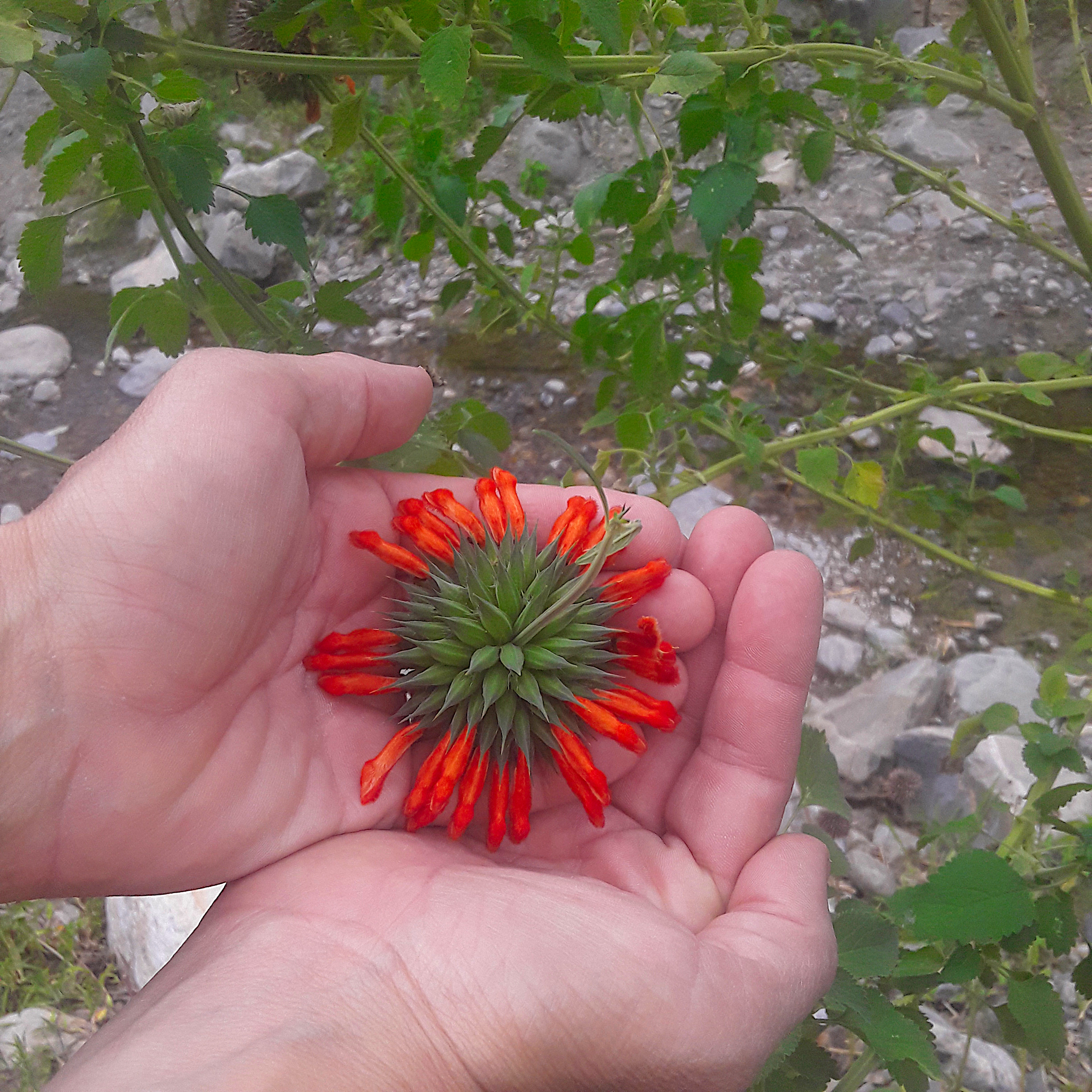Klip dagga, scientifically known as Leonotis nepetifolia, also known as “Lion’s ear” originated from Africa and South India. Leaves and flower petals of this plant have been used for thousands of years in African traditional medicine for the treatment of various illnesses. South African tribes would often make tea or smoke the wild dagga leaves and flowers to get benefits from its euphoric effects. According to research on wild dagga users, it is revealed that it has potential to boost moods, improve clarity and increase color perception.
What Is Klip Dagga?
Klip dagga, while very similar in physical appearance and chemical makeup, to wild dagga, is a separate species. It is a flowering plant native to Africa and now grown in tropical and subtropical regions of Central and North America. Wild dagga is also named as Lion’s ear, shandilay, tilleys curse, granatiparani and Christmas candlestick and belongs to the family Lamiaceae. This evergreen large shrub is best known for its medicinal properties. It has traditionally been used for the treatment of fevers, headaches, malaria, snake bite and dysentery.
Health Effects Of Klip Dagga
Klip dagga possesses powerful antinociceptive, strong anti-inflammatory and hypoglycemic activities which help reduce pain sensation, relieve inflammation and regulate blood sugar levels in the body. It is also well known to induce sedation and euphoria.

1. May Help In Menstrual Problems
Klip dagga has potential to relieve menstrual problems as it may stimulate or suppress the menstruation when used in different quantities. The entire plant is used to make decoctions which help disinfect the uterus.
2. Has Analgesic Properties
Wild dagga has a respectable history of being used as an Antinociceptive, (which helps relieve pain), potent anti-inflammatory and antihyperglycemic activities. It is widely used for treating arthritis and other inflammatory diseases.
3. Has Sedative Effects
Wild dagga inhibits the activity of acetylcholine and produces sedative effects. Dried flower petals are used to smoke as an alternative to cannabis. These dried petals are smoked either alone or in combination with tobacco and produce cannabis-like effects like euphoria, joy and happiness. Alternatively, simple extractions made from the flowers can have the same effects in tiny oral dosages.
4. May Possess Euphoric Effects
Smoking or consuming extracts of this dried herb is known to have mild euphoric effects like increasing happiness, excitement and boosting mood. The flower of this amazing herb is commonly used for smoking and as calming tea. The foliage of this wild dagga is also used as a substitute for cannabis.
5. Cardio protective Activities
Klip dagga and other species are known to have the ability to reduce cardiovascular diseases like heart palpitations, irregular heartbeats and cardiovascular diseases related to hypertension and anxiety.
6. Combats Common Cold and Fever
It is used as an effective remedy for common cold, fever, asthma, influenza, bronchitis, and other respiratory problems.
7. Antispasmodic Properties
Brewed tea of this relaxing plant is used to relieve muscular spasm and acts as antihistamine. Strong tea obtained from flowers, stems and leaves has been used as an enema in various animals and humans. This brew, when given to animals, helps relieve respiratory problems, is applied as lotion, disinfects the wound area and is applied to scratches, bites and stings.
8. Helps Manage Diabetes
Klip dagga has the capability to regulate blood sugar levels. It is used in treatment of type 2 diabetes due to its hypoglycemic and powerful anti-inflammatory properties.

Bottom Line
Klip dagga commonly known as “Lion’s ear” has been used for centuries in traditional medicines for treating a wide array of diseases. It has terpenoids, diterpenes and alkaloids which are known to have medicinal effects. The extracts, brewed tea or dried leaves and flowers are used for treating fever, common cold, managing diabetes, preventing cardiac diseases, producing mild sedation and exerting euphoric effects.
